In recent years, PBT plastic, as the “rising star” of engineering plastics, has gained widespread use in the automotive, electronics, home construction, and medical fields due to its excellent performance.
To delve deeper into the potential of innovative materials, follow along as we further research and uncover the prominence of PBT material in the realm of injection molding.
What Is Polybutylene Terephthalate
Polybutylene terephthalate (abbreviated as PBT), belongs to the polyester family. It is formed by the polycondensation of 1,4-butylene glycol and terephthalic acid (PTA) or dimethyl terephthalate (DMT), and is processed through a blending procedure to produce a milky white, semi-transparent to opaque, crystalline thermoplastic polyester resin.Alongside PET, it is commonly referred to as a thermoplastic polyester or saturated polyester.
PBT was originally developed by German scientist P. Schlack in 1942. Later, the American company Celanese (now Ticona) carried out industrial development and launched it under the brand name Celanex.
In 1970, they introduced it to the market as a 30% glass fiber reinforced plastic under the name X-917, which was later renamed CELANEX.
In 1971, Eastman introduced glass-fiber reinforced and unreinforced products under the brand name Tenite (PTMT); that same year, GE also developed similar products, offering unreinforced, reinforced, and flame-retardant varieties.
Subsequently, renowned global manufacturers such as Germany’s BASF and Bayer, America’s GE and Ticona, Japan’s Toray and Mitsubishi Chemical, Taiwan’s Shin Kong Synthetic Fibers, Chang Chun Plastics, and Nan Ya Plastics, among others, entered into production, totaling over thirty producers worldwide.
Due to PBT’s properties, including heat resistance, weather resistance, chemical resistance, excellent electrical characteristics, low moisture absorption, and good gloss, it is widely used in electronics, automotive parts, machinery, household items, and more.
Additionally, PBT products, along with PPE, PC, POM, and PA, are collectively referred to as the five major general-purpose engineering plastics.
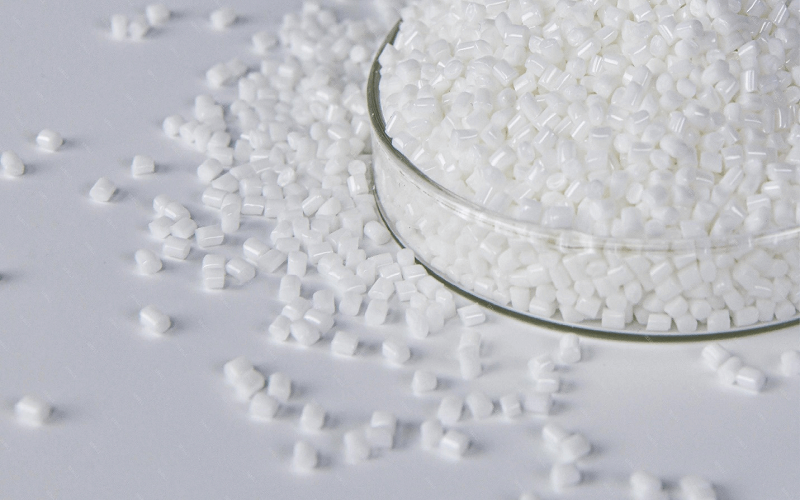
PBT Material Properties
First,PBT boasts attributes like high toughness, thermal resistance, and fatigue resistance. It provides self-lubrication, a low coefficient of friction, and retains many of its physical characteristics even in humid settings, although it does exhibit higher volume resistivity and dielectric loss.
Furthermore, PBT is resilient to hot water, bases, acids, and oils. However, it’s vulnerable to corrosion by halogenated hydrocarbons and lacks in hydrolytic resistance.
It quickly crystallizes at cooler temperatures and is known for its favorable moldability, though it does suffer from low notch impact strength and a significant molding shrinkage rate.
To address these challenges, PBT material often undergoes modification through the addition of specific ratios of glass fiber reinforcements or inorganic mineral fillers, enhancing its tensile and bending strengths, as well as its thermal deformation temperature.
Additionally, PBT is commonly blended with other polymers, like pc/pbt or abs/pbt, resulting in plastic alloys tailored for specific application needs.
Basic Characteristics of PBT
Chemical Name: Polybutylene Terephthalate | PBT Density: 1.31g/cm³ |
Glass Transition Temperature (Tg): 22°C | Melting Temperature (Tm): 225°C |
Molding Shrinkage Rate: 1.7—2.3% | Water Absorption: 0.34% |
Characteristics Of Injection Molded PBT
With the refinement of PBT’s polymerization techniques, molding PBT has become increasingly straightforward. In injection molding, PBT plastic displays these processing features:
- It boasts a clear melting point, set between 225°C and 235°C. It’s crystalline by nature, reaching crystallinity levels of up to 40%.
- The viscosity of molten PBT is more affected by shear stress than by temperature. Thus, during injection, the pressure notably determines the PBT melt’s flow.
- PBT, in its melted form, flows well and has reduced viscosity, ranking just behind nylon. This can lead to the frequent emergence of “flow lines” during molding.
- Molded PBT products show direction-dependent properties, or anisotropy.
- When subjected to high temperatures and water, PBT tends to degrade rapidly.
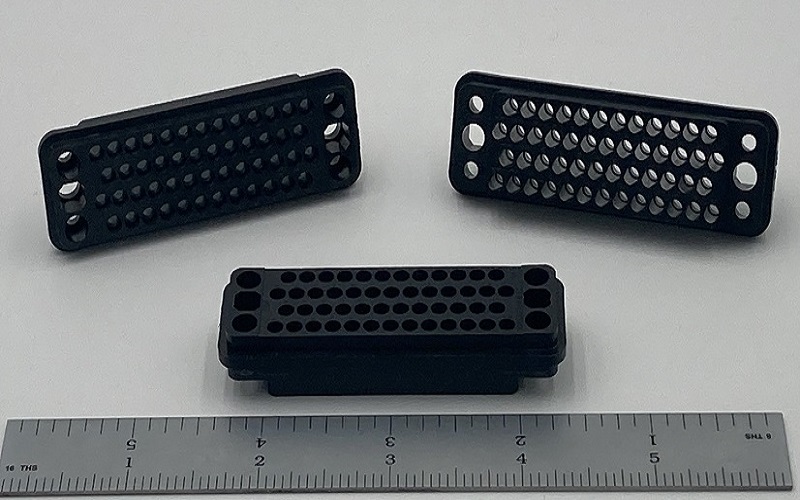
What is PBT used for?
As one of the engineering plastics, in the actual application field, most of the PBT need to be modified to meet the corresponding requirements.
The modification of PBT is mainly divided into: flame retardant PBT, glass fiber reinforced flame retardant PBT, glass fiber reinforced PBT, PBT co-mingled gold.
1、 Automobile industry
Half of the PBT consumed in the automobile industry is formed with PC as PBT/PC alloy, which can be used as automobile bumper. In addition, PBT can also be used for window motor shells, locomotive motor parts, automotive transmission gear box, radiator window, body panels, wheel covers, door and window parts.
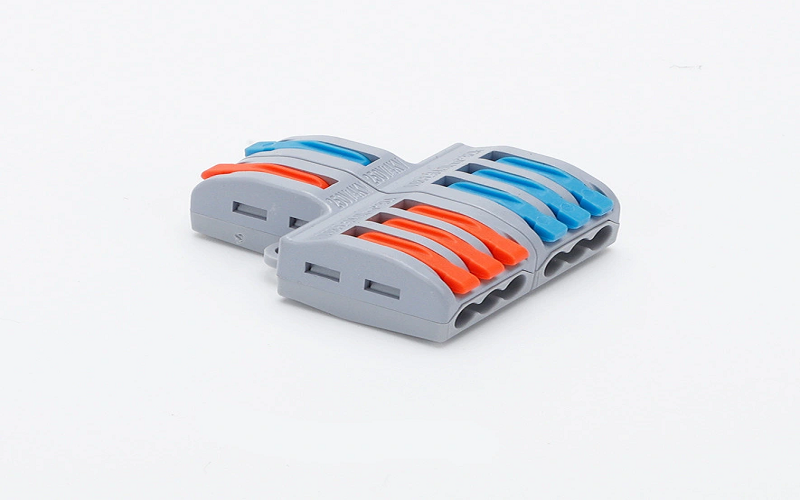
2、Electronic appliances
Connector is a bridge between the signals, is to transmit electronic signals and power connections indispensable components, PBT balanced physical properties and prices are in line with the needs of the connector.
PBT usually add 30% glass fiber blended as a connector, PBT because of mechanical properties, solvent resistance, good forming and processing and low prices are widely used.
PBT in electronic products in the second largest use as a cooling fan, cooling fan is placed in the machine for a long time rotating to help dissipate heat, the physical requirements of the plastic is heat-resistant, flame retardant, insulating and mechanical strength, PBT is usually used to add 30% glass fiber modified as a cooling fan outside the frame and fan blades.
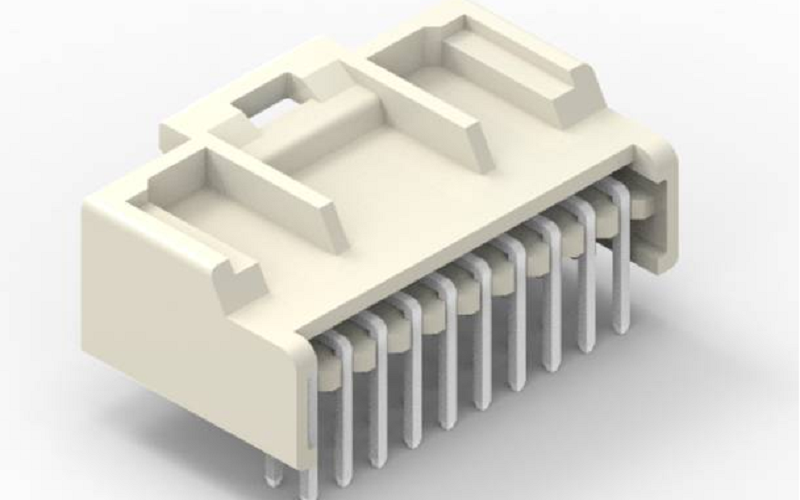
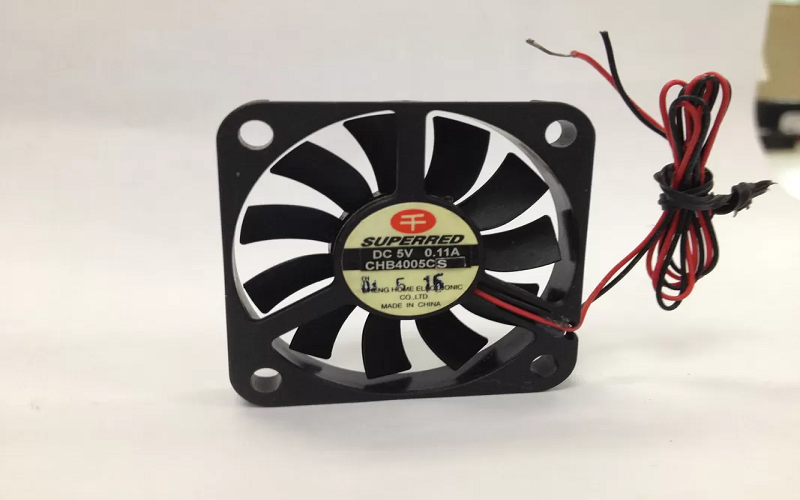
3、Electrical industry
The third use of PBT is as a transformer, relay winding shaft, generally to PBT plus 30% glass fiber reinforced injection molding.
The physical requirements of the bobbin winding, including insulation, heat resistance, resistance to welding, mobility, strength, etc., the applicable materials are phenolic resin, PBT, PA6, PET.
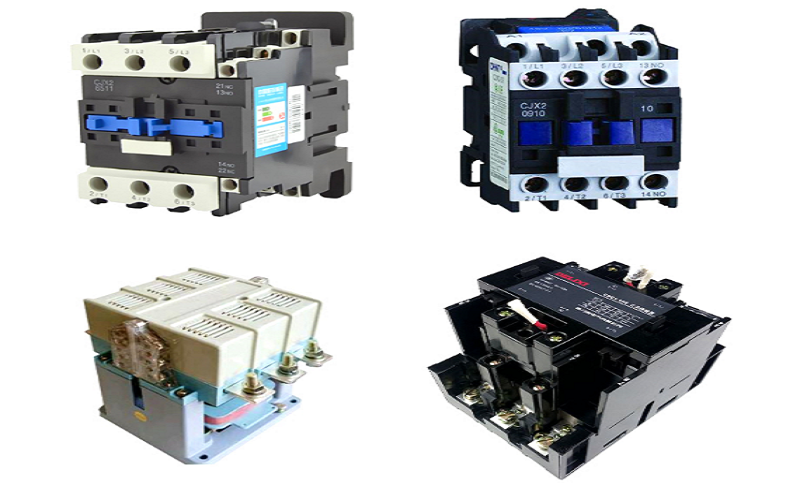
4、Other Uses
PBT material it uses, such as adding 15% glass fiber PBT material used as energy-saving lamp base and shell, PBT/PC alloy as the sole of ice skates, others such as relay shells, sockets, switches, tuner shells, food processing blades, vacuum cleaner components, fans, hair dryer shells, coffee utensils and so on.
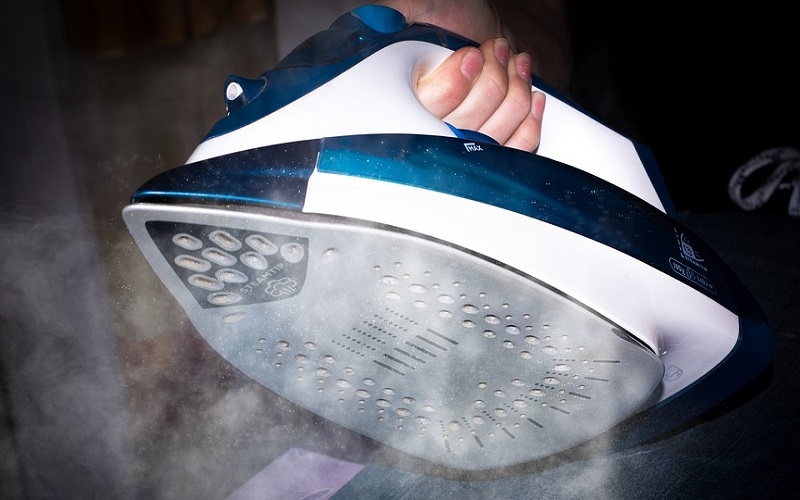
How to design a PBT mold
FOWMOULD boasts 40 years of mold manufacturing experience, providing professional insights into optimizing PBT mold design.
PBT and its glass fiber reinforced materials have excellent flowability, making them suitable for thin-walled products.
The products should have uniform wall thickness to prevent internal stresses caused by uneven cooling or shrinkage, which can lead to warping and deformation.
Given PBT’s sensitivity to notches, it’s recommended to avoid sharp angles in the product design.
All corners should transition with a smooth arc, and the radius should be greater than 1.0mm.
Short and thick runners are preferred. The sprue diameter should be on the larger side; if too small, it results in significant pressure loss.
It’s essential to incorporate exhaust grooves or holes in the mold to prevent poor mold filling, prominent weld lines, and burn marks due to inadequate venting.
At the same time, cooling in the mold is crucial. The mold’s cooling channel design must be optimal to minimize product warping. Heat dissipation should be rapid and uniform.
It’s advisable to ensure that the diameter of the cooling channel is at least 10mm.
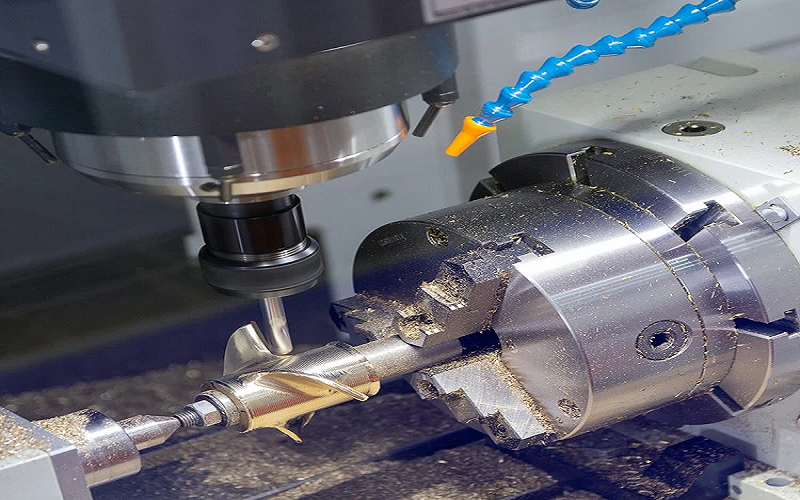
Conditions Of PBT Plastic Injection Molding
During the process of PBT molding, these conditions need to be followed to ensure smooth molding of PBT parts.
- Injection temperature PBT decomposition temperature of 280 ℃, so the actual production is generally controlled between 245 ~ 260 ℃.
- Injection pressure is generally 50 ~ 100MPa.
- Injection rate PBT cooling speed, so faster injection rate should be used.
- Screw speed and back pressure molding PBT screw speed should not exceed 80r/min, generally between 25~60r/min. The back pressure is generally 10%~15% of the injection pressure.
- The temperature of the mold is generally controlled at 70~80℃, and the temperature difference of each part is not more than 10℃.
- The molding cycle is 15~60s in general.
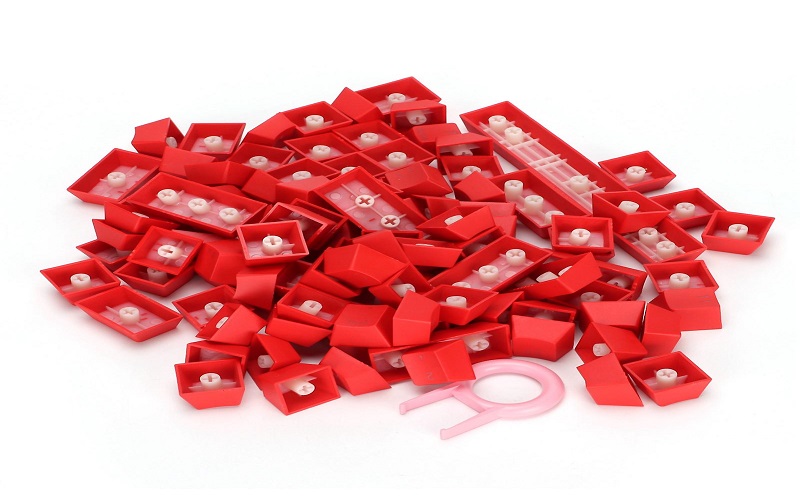
Limitations of PBT Molding
The rheological curve of PBT is relatively steep, the temperature range of the moulding is relatively narrow, the temperature requirement during the moulding process is relatively strict, the temperature will be too high to overflow, the temperature will be too low to block the nozzle.
At the same time, PBT molecules contain ester bonds, which will decompose under the action of strong acid, strong alkali and water vapour, which will easily cause performance defects and discolouration problems of PBT parts.
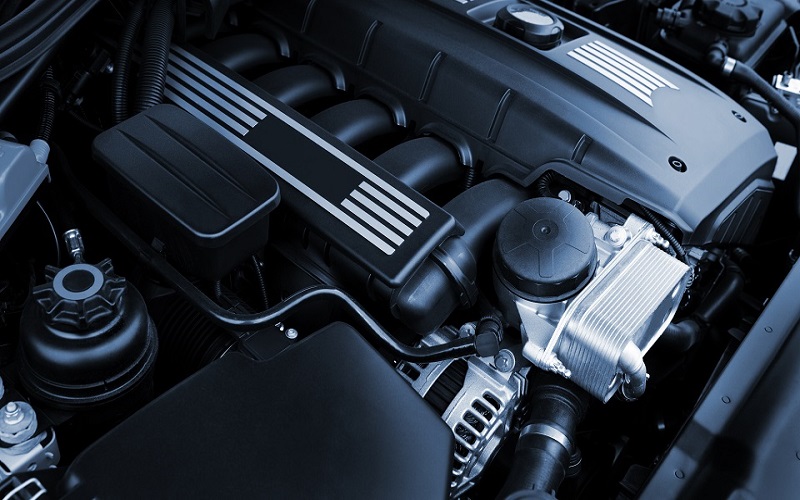
Precautions In The Process Of PBT Injection Moulding
Use of recycled material: The ratio of recycled material to new material is generally 25% to 75%.
Use of mould releasing agent: Normally no mould releasing agent is used, if necessary, silicone mould releasing agent can be used.
Post-processing of products: Generally no treatment, if necessary, at 120 ℃ for 1 ~ 2h.
Downtime treatment: PBT downtime within 30min, the temperature can be reduced to 200 ℃ when the shutdown. When producing again after a long shutdown, the material in the barrel should be emptied, and then add new material to carry out normal production.
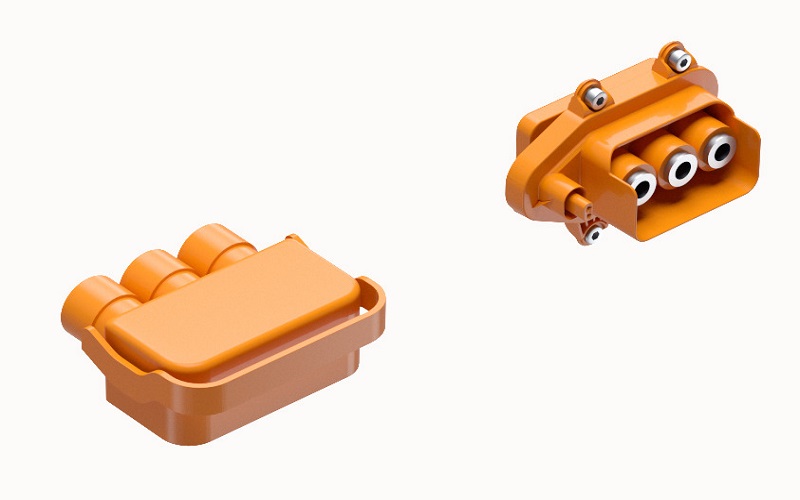
FOWMOULD:PBT Injection Molding Experts In China
As a big manufacturing country, China has many excellent companies and manufacturers that are fruitful in the field of injection moulding.
FOWMOULD, located in Taizhou, Zhejiang Province, has 40 years of experience in mould injection moulding and a professional design and manufacturing team, which is able to provide customers with comprehensive one-stop PBT injection moulding services.
In addition , FOWMOULD’s physical plant is equipped with professional injection moulding equipment to ensure the quality and precision of PBT products while ensuring that production is completed within the agreed deadlines.
Finally, in order to avoid the problem of design leakage, FOWMOULD provides the service of signing NDA confidentiality agreement to maximise the protection of customer’s design.
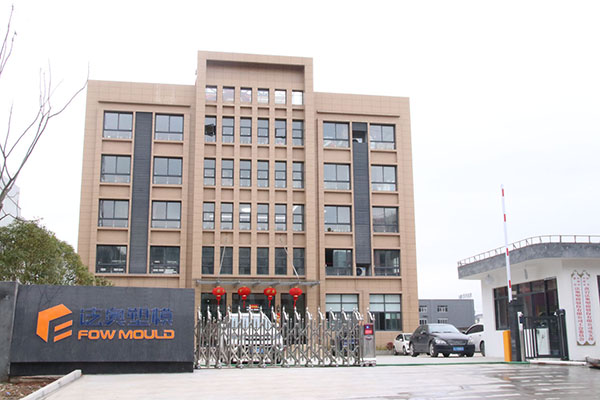
Conclusion
In conclusion, polybutylene terephthalate (PBT) is a high-quality plastic material that makes its mark in injection moulding, and if you want to try to start a PBT injection molding project, it is especially important to choose a good injection moulding manufacturer.
FOMWMOULD’s manufacturing experts and production capabilities are at your disposal to create high-quality injection moulded PBT parts.
